‘Prince Igor’s Campaign’ – Nicholas Roerich (1942)
Myth and folklore
Before people understood planetary orbits or had a concept of a heliocentric model for the Solar System, solar eclipses had a more ominous and mysterious meaning to many cultures. The interpretations varied across cultures. Here are a few different examples:
China
In China, it was believed that the Sun vanished as a result of being eaten by a large dragon – this was how Chinese records would describe the sun during an Eclipse (as having been eaten!). Indeed, the Chinese word for a solar eclipse (日食) contains the word for ‘to eat’, 食 ( shí ).
In ancient China, people would react to these celestial events by creating lots of noise with pots and pans in order to scare away the dragon.
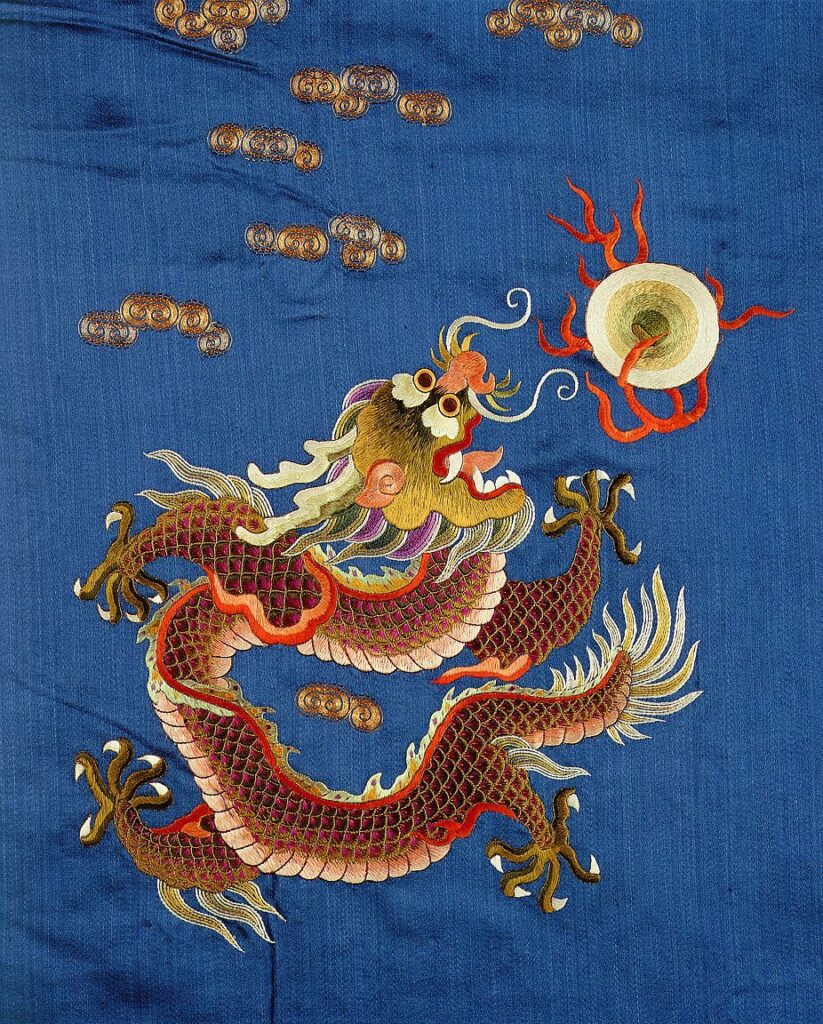
Babylon
As early as 1375 BC, the Babylonians were watching the sky for when the Moon blocked out the Sun and made inscriptions of what they saw. According to one account, on 15 June 763 BC, the cosmic occurrence “turned day into night”. The Babylonians became so proficient in eclipse observation that they could predict Lunar and then Solar eclipses, using Saros cycles to do so.
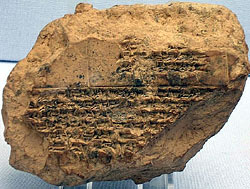
In his monumental work ‘Almagest’, the Greek astronomer Ptolemy was also able to predict eclipses. He used understanding of the orbits of the Moon and that an eclipse would only occur when the Sun and Moon were both close to nodes of the Moon.
Symbolism in the modern age
Despite most of the mysteries of eclipses having been solved in the 20th Century, eclipses continue to astonish. For instance, John Milton wrote in his timeless poem ‘Paradise Lost’:
“As when the Sun, new risen, Looks through the horizontal misty air, Shorn of his beams, or from behind the Moon, In dim eclipse, disastrous twilight sheds On half the nations and with fear of change Perplexes monarchs.”
Not only in poetry but in painting have eclipses featured. The otherworldly and mysterious nature of the events do lend themselves to some impressive paintings. Before the advent of photography, paintings were the only way to visually record eclipses. Artists had roughly 112 seconds to create a canvas . However, even after the camera was invented, eclipses were still featured in paintings, albeit far more abstract ones.
For instance, in the ‘Portrait of Ramon Gomez de la Serna’ (1915) the Cubist artist depicts the subject of the painting with a total solar eclipse for an eye. The poet depicted had previously written about eclipses and Diego Rivera was also an eclipse fanatic.
Even in modern times, solar eclipses in art were used to symbolise evil and ominous presences. In Nicholas Roerich’s 1942 painting titled ‘Prince Igor’s Campaign’, an eclipse is seen above where the marching Russian armies are headed. This was symbolised the threat of Nazism, which had eclipsed Europe at that time.
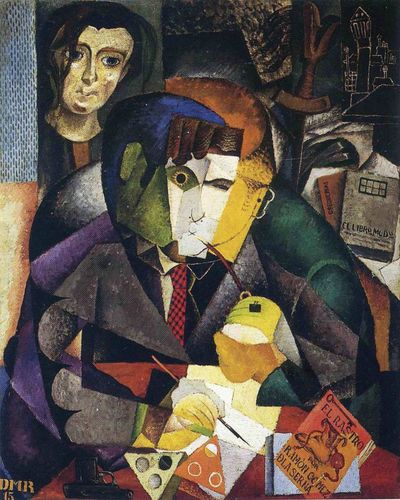
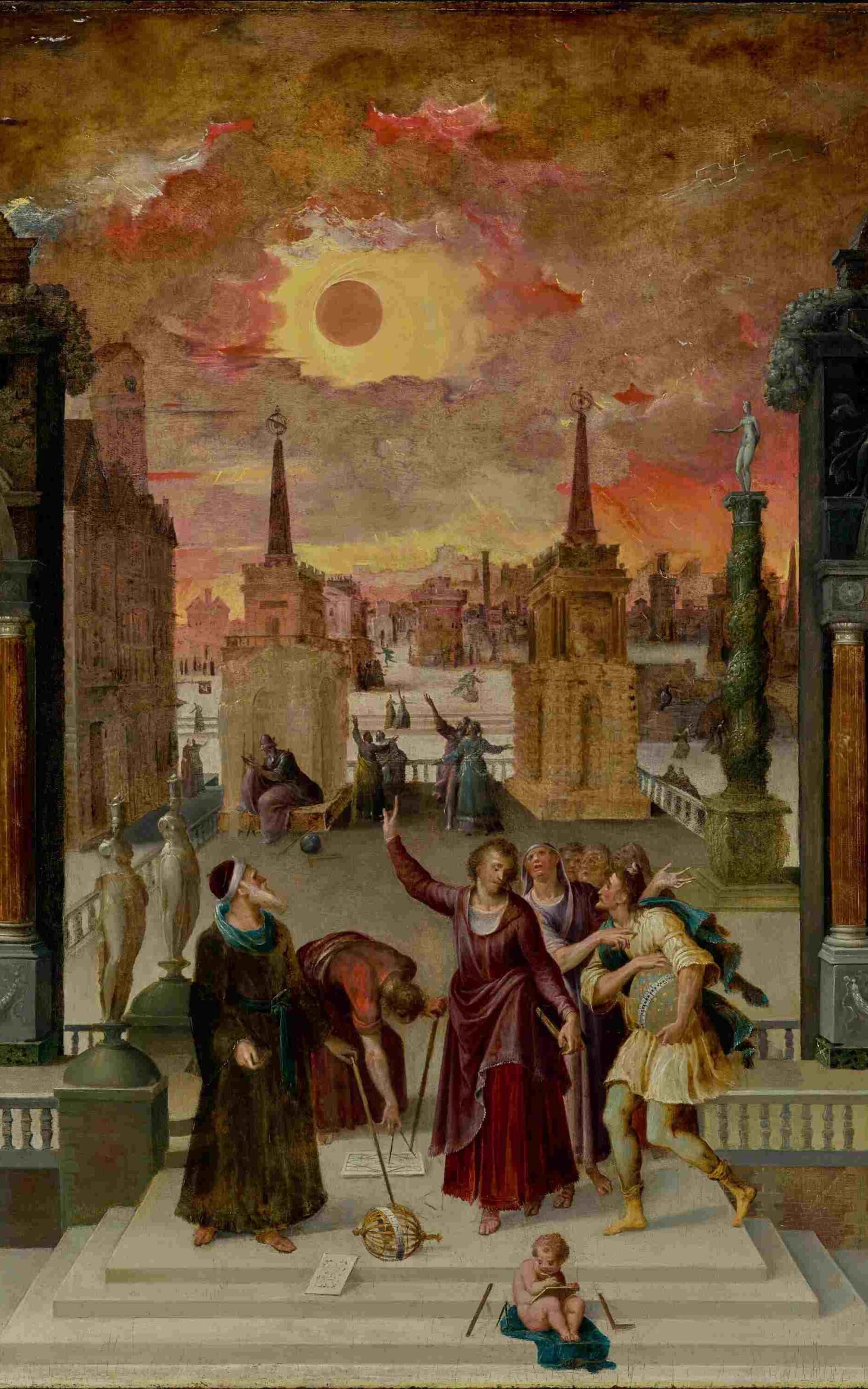
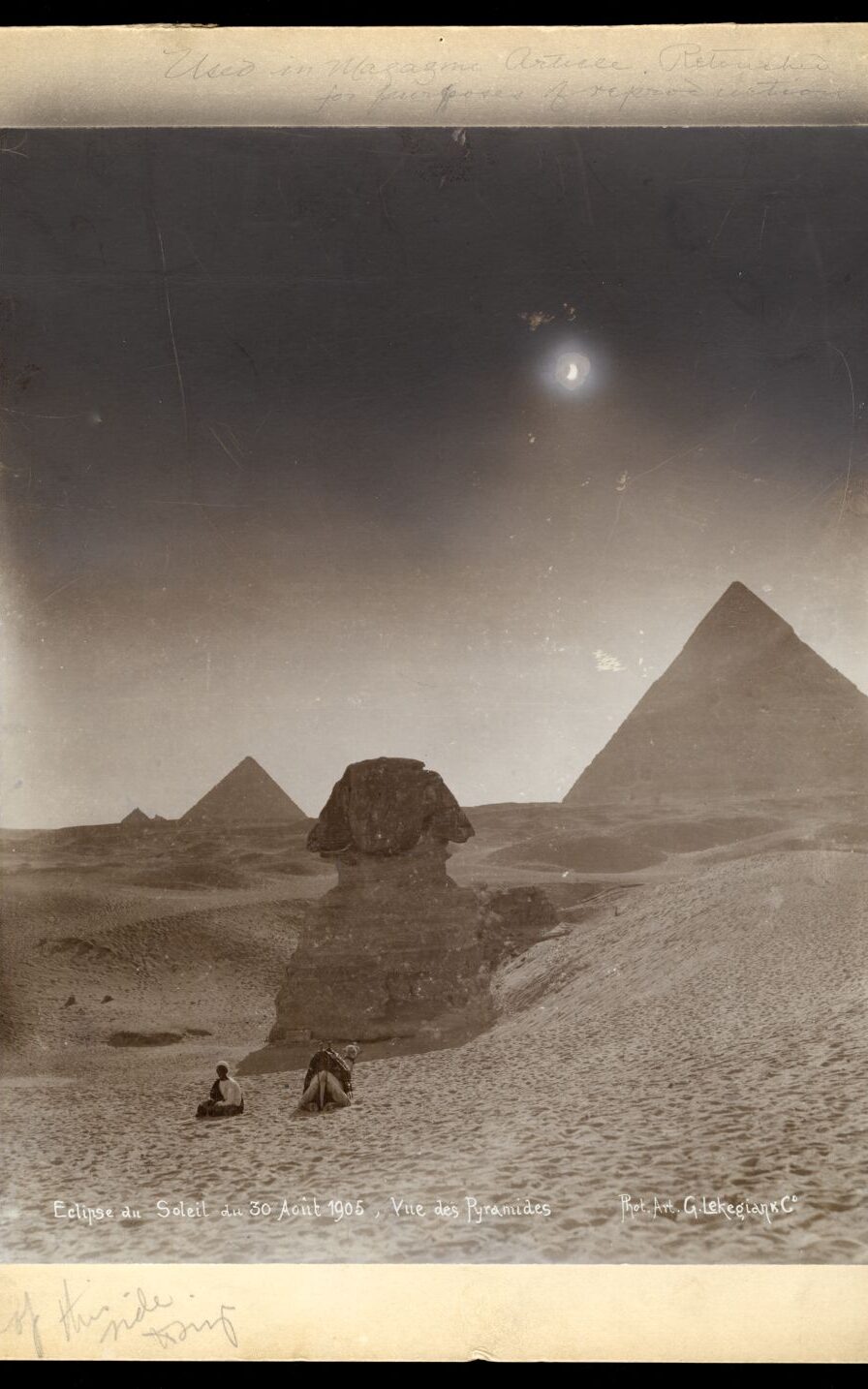
Further reading
- Aparna Kher (No Date), Myths and Superstitions Around Solar Eclipses,Time and Date, (Accessed: 28 June 2023)
- Eclipse History, TOTAL SOLAR ECLIPSE – August 21, 2017 ,NASA, (Accessed: 29 June 2023)
- Ancient eclipse forecasts, when successful, were a powerful means of divining omens for anxious Kings, NASA, Sun-Earth Day, Issue 32, (Accessed: 29 June 2023)
- Ian Blatchford (2016),Symbolism and Discovery : Eclipses in Art, The Royal Society Publishing, (Accessed: 30 June 2023)